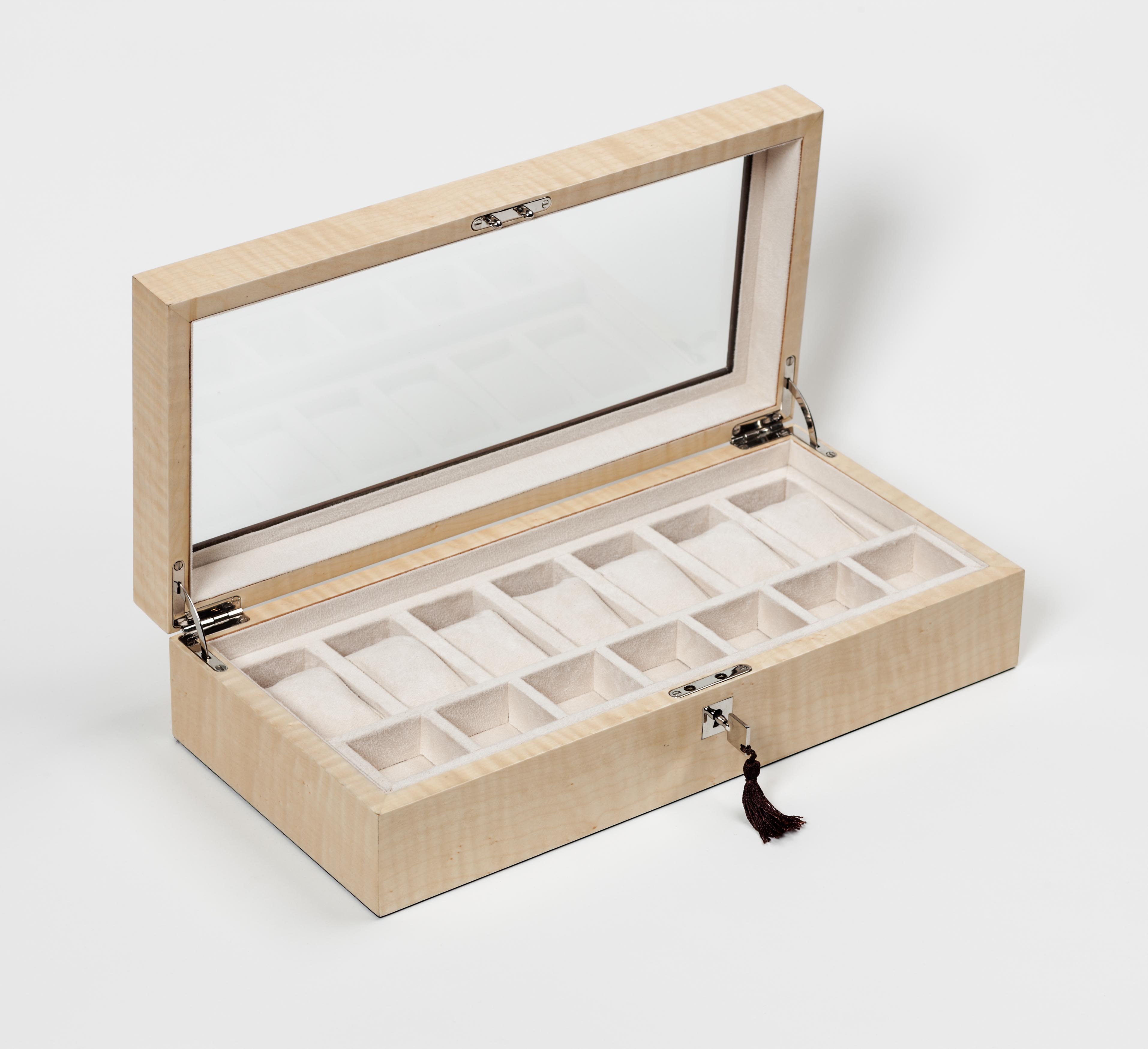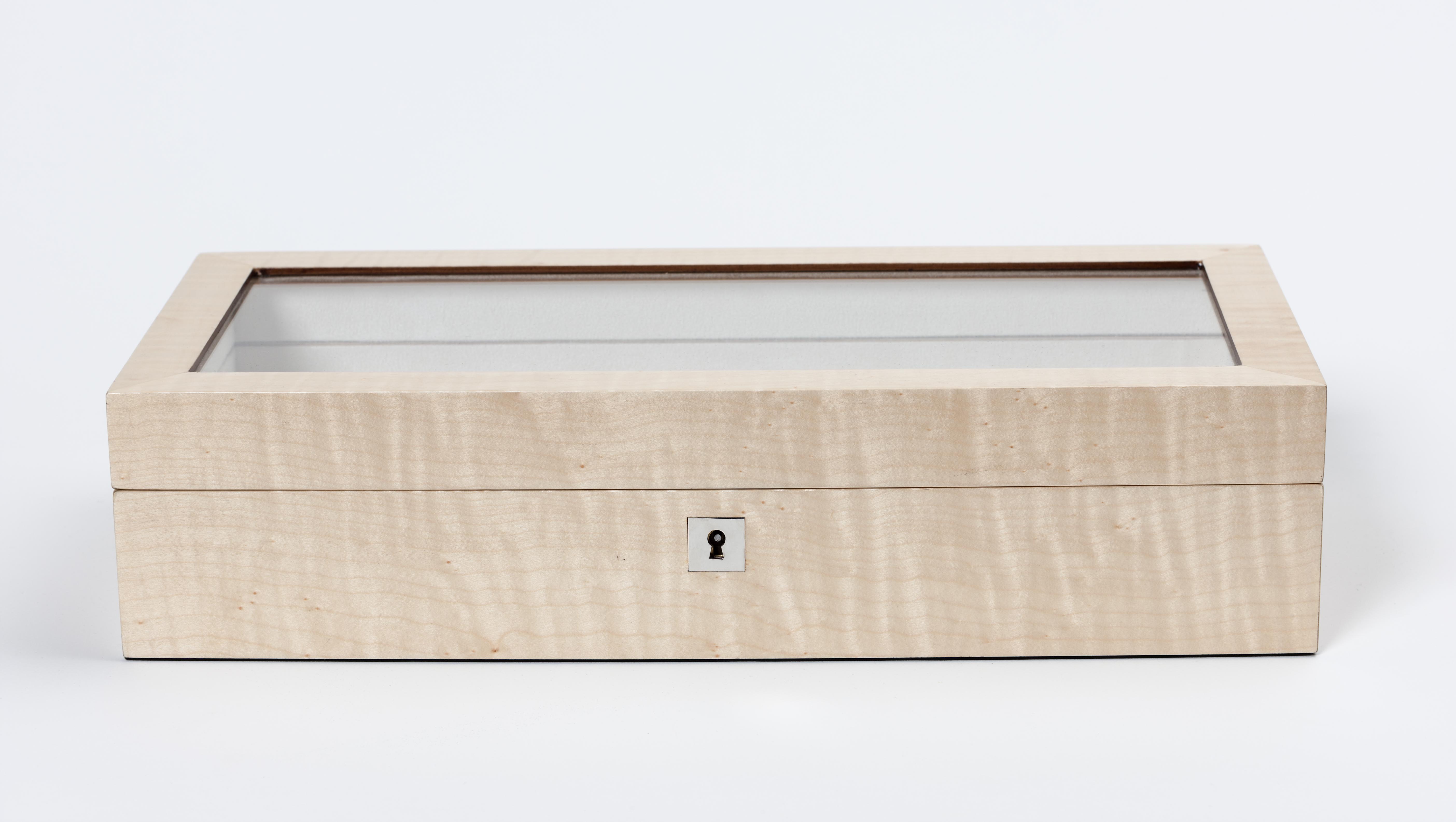THE HISTORY OF WATCHMAKING - Part 2 - APR 2015
In the last blog post, we looked at how the wristwatch came into popularity, and how the history of the wristwatch has been tied quite closely to wars. In this blog post we will look at the introduction of the quartz watch and how fashion has affected the development of wristwatches.
When we talk about the “movement” of a watch, we are talking about the basic mechanism which measures the passage of time, and which therefore displays the current time and date. Movements used to be entirely mechanical, but today tend to be a blend of both – with the electronic movements keeping time, and the mechanical elements on the watch face indicating the time to the owner. The introduction of the quartz watch in 1969 was a major milestone in the history of watches, as it meant an amazing improvement in the technology used in watches. Before this, watches were crafted with balance wheels which oscillated at 5 beats per second. What the quartz watch did was replace the balance wheels with a quartz crystal resonator, which vibrated at 8,192 Hz and was driven by a battery powered oscillator circuit.
Nowadays quartz movements can be produced in vast quantities, and so even the very cheapest wristwatches now tend to have quartz movements – and so the dominance of the mechanical wristwatch has faltered. Watches made with mechanical movements are typically wrong about the time by several seconds a day, whereas even the cheapest quartz watch is usually accurate to within half a second.
![Luxury Watch Box]()
The mass production of quartz watches really took off under the guidance of the Swiss conglomerate, the Swatch group, in the 1970s. The Swatch group still remains the largest watch company to this day, and continues to try and combine technology and fashion in a fun way. Subsidiaries of the Swatch Company also produce watch batteries, oscillators, and integrated circuits – so the watch you have on today may even be part Swatch! Another big name in the world of Watches is Seiko – who after 20 years of research managed to combine the mechanical and quartz movement to produce the Seiko Spring Drive, which can keep time to the same standard of the quartz movement but without the use of a battery or a balance wheel.
Obviously, the main purpose of a watch is to tell the time of day, by giving the wearer the at least the hour and the minute. However, in recent years, watches have become more and more complicated to appeal to a buyer who appreciates the luxury and craftsmanship of a fine timepiece. Two of the more popular complicated watches are the “Chronograph” and the “Moon phase”. A watch which is described as a “Chronograph” has an added timer which is usually used as a stopwatch. The “Chronograph” complication is sometimes confused with the “Chronometer” complication, which is quite different – a “Chronometer” watch is a high quality mechanical or thermos-compensated movement watch which has met a high industry standard for performance. A “Moon phase” watch basically displays the lunar phase as well as telling the wearer the time.
![Luxury Watch Box]()
Many computerised wristwatches have been developed over the years, but none have really taken off in popularity usually due to their poor user interface, short battery life and tiny screens and buttons. Miniaturised electronics have become cheaper over the years, so all sorts of things have been tried – such as watches with calculators, barometers, compass, Video games and even a TV screen! Apple is the latest company to develop a wearable computer/watch – so watch this space – the Apple Watch may be the next big thing!
We hope you have enjoyed our brief history of watches. If you are a watch lover, then why not store your beloved items in one of our fabulous luxury watch boxes? These will protect your investment in a stylish way.

